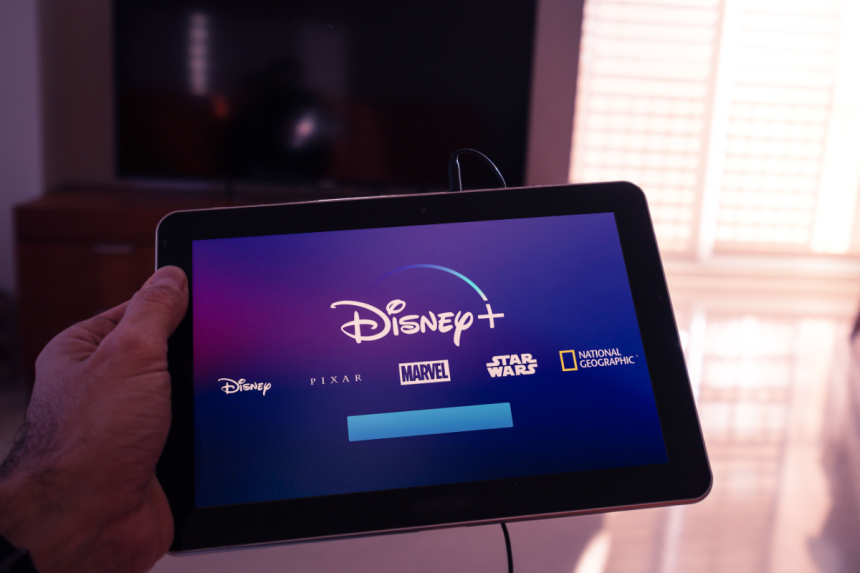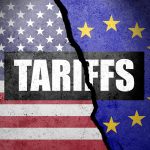Dispute Over Streaming Fees Sparks Major Content Blackout
Disney-owned channels including ABC, ESPN, FX, and National Geographic disappeared overnight from Google’s YouTube TV platform after the two media giants failed to renew their carriage agreement before the contract’s expiration at midnight on October 30. The blackout affects more than 20 Disney networks and marks one of the most significant standoffs in the streaming era between a content provider and a digital distributor.
“Despite our best efforts, we have not been able to reach a fair deal, and starting today, Disney programming will not be available on YouTube TV,” the platform said in a statement Friday morning. YouTube TV added that if the outage continues, affected users would receive a $20 credit on their bills.
Disney and YouTube Trade Accusations
Disney issued a sharp response, accusing YouTube TV of refusing to pay fair market rates for its programming. “Google’s YouTube TV has chosen to deny their subscribers the content they value most by refusing to pay fair rates for our channels,” Disney said in a statement.
Disney executives Dana Walden, Alan Bergman, and Jimmy Pitaro told employees that YouTube TV had not only dropped live Disney channels but also deleted subscribers’ previously recorded Disney programs. “Their actions make clear how little regard they have for their customers,” the memo said, adding that YouTube “wants to use its power and extraordinary resources to eliminate competition and devalue the very content that helped them build their service.”
For its part, YouTube TV said Disney “used the threat of a blackout as a negotiating tactic” to push for higher carriage fees that would raise prices for subscribers. “We will not agree to terms that disadvantage our members while benefiting Disney’s own live TV products,” the company said, referring to Disney’s Hulu + Live TV and ESPN+ platforms.
Millions of Viewers Affected Ahead of Key Sports Broadcasts
The blackout comes at a critical moment for sports fans. Unless a deal is reached soon, YouTube TV subscribers could miss major events such as college football this weekend and “Monday Night Football” next week. ESPN and its sister networks account for some of YouTube TV’s most-watched programming.
Disney had warned last week that the dispute could lead to a content blackout. Negotiations between the two sides reportedly broke down over how Disney’s streaming platforms would be integrated into YouTube TV’s service. According to sources cited by CNBC, YouTube wanted users to access Disney+, Hulu, and ESPN+ content directly through its interface. Disney rejected that proposal, preferring to keep its services separate from YouTube’s ecosystem.
Corporate Rivalry and Strategic Stakes
The dispute underscores the escalating tensions between legacy media companies and tech giants as streaming becomes the dominant distribution model. YouTube, now the top media distributor in the U.S. by audience engagement with over 13% of total TV watch-time, is also on track to surpass Disney in total media revenue by the end of 2025, according to MoffettNathanson.
Earlier this year, YouTube hired former Disney executive Justin Connolly, who previously oversaw distribution negotiations for the entertainment company. The move prompted Disney to file a breach-of-contract lawsuit, though the two sides later settled. Connolly has since recused himself from ongoing talks.
Despite the conflict, both sides say they remain open to negotiations. “We know how disruptive it is to lose channels you enjoy,” YouTube TV said, adding that it hopes to “reach an agreement soon.” Disney, meanwhile, maintains that its channels are worth the rates it is demanding — setting up another high-stakes showdown over the future of streaming distribution.






